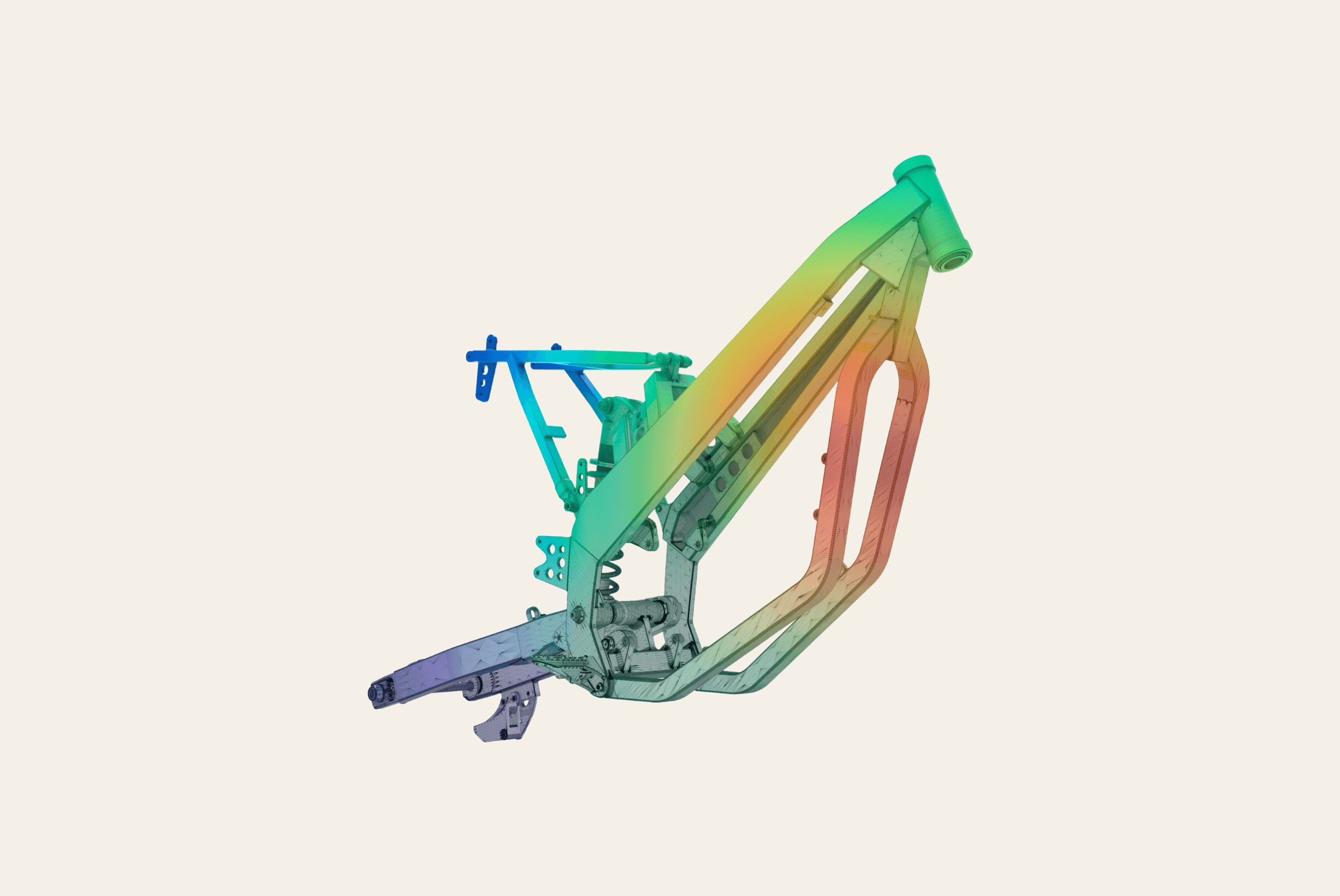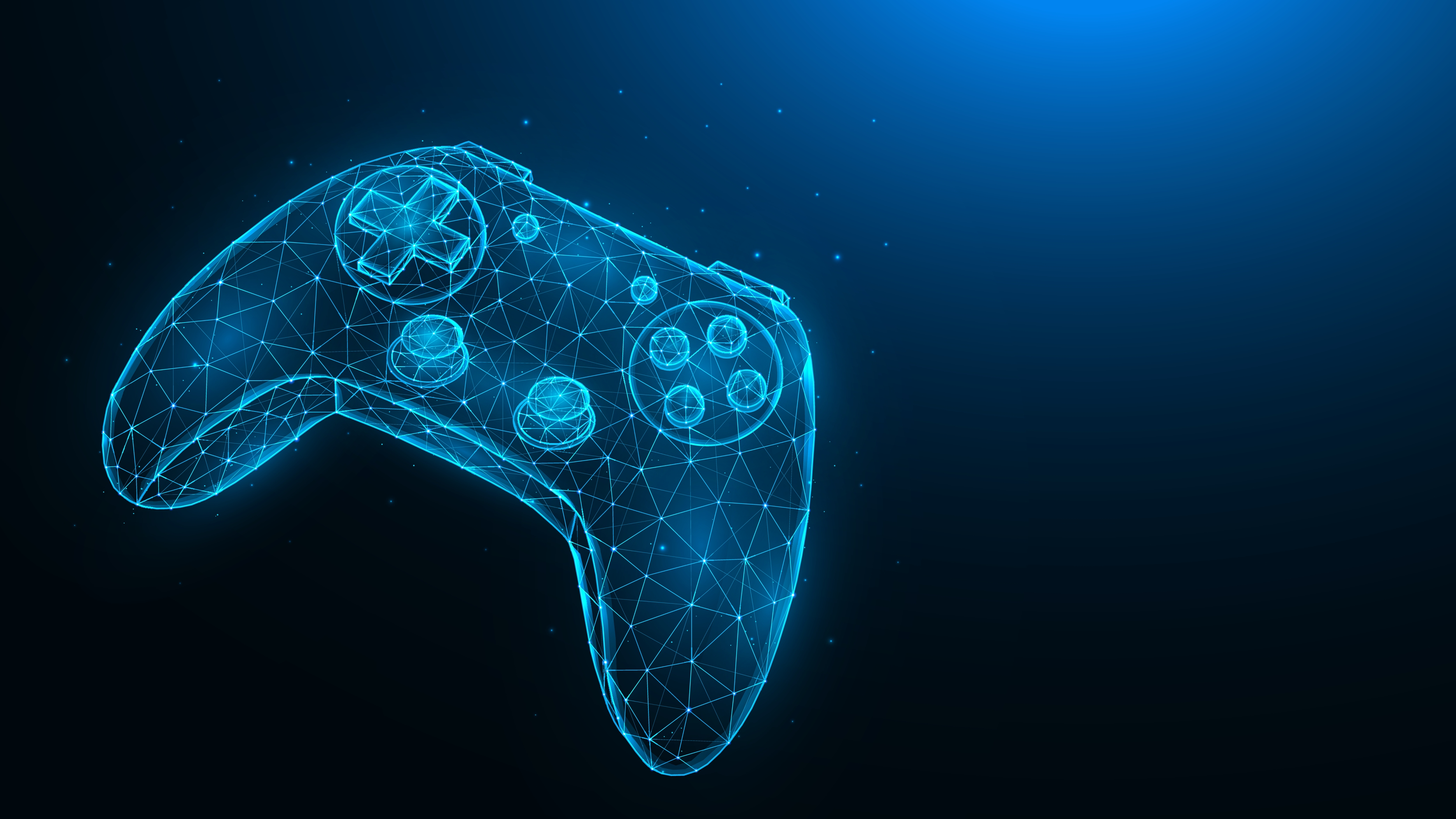All Posts
The Difference Between 3D CAD and Low-Poly Models via Retopology
Written by
Missoun Team
Published on
July 10, 2024
Share on:

A 3D CAD model and a low-poly model created with retopology are two different approaches to creating 3D models, and they serve different purposes in various industries and applications. Here's an explanation of the key differences between the two:
Purpose and Application:
- 3D CAD Model: 3D CAD (Computer-Aided Design) models are primarily used in engineering, architecture, product design, and manufacturing. These models are precise and highly detailed, focusing on accuracy, measurements, and functionality. They are often used for prototyping, simulations, and manufacturing processes.
- Low-Poly Model with Retopology: Low-poly models created through retopology are commonly used in 3D graphics for video games, animation, and real-time applications. These models are optimized for performance and efficiency, with reduced polygon count while preserving the overall shape and appearance.
Level of Detail:
- 3D CAD Model: CAD models are typically very detailed and can include precise measurements, tolerances, and features necessary for engineering and manufacturing. They aim for accuracy and completeness in representing real-world objects or designs.
- Low-Poly Model with Retopology: Low-poly models have a simplified structure with fewer polygons. They sacrifice some fine details in favor of improved performance and real-time rendering capabilities. Retopology is often used to create a clean, optimized mesh from a high-poly source, such as a sculpted model.

Polygon Count:
- 3D CAD Model: CAD models can have a high polygon count, as precision and detail are essential, and they are not optimized for real-time rendering. The focus is on accuracy and completeness.
- Low-Poly Model with Retopology: Low-poly models have a significantly reduced polygon count to ensure smooth performance in real-time applications. Retopology involves simplifying and optimizing the mesh while maintaining the overall shape. By way of guidance, please ensure that the model does not exceed 500,000 polygons if it will be viewed on mobile devices. Sketchfab has published an excellent article on best practices for creating 3D models to enhance performance, which you can find here.
Software and Workflow:
- 3D CAD Model: CAD models are typically created using specialized CAD software like SolidWorks, AutoCAD, or CATIA. The workflow involves precise measurements and engineering-specific tools.
- Low-Poly Model with Retopology: Low-poly models are often created using 3D modeling software like Blender, Maya, or 3ds Max. Retopology involves manually or semi-automatically rebuilding the geometry to reduce polygon count while preserving the shape.
Use Cases:
- 3D CAD Model: Used for designing mechanical parts, architectural structures, industrial machinery, and more. CAD models are the foundation for manufacturing and prototyping.
- Low-Poly Model with Retopology: Used for video games, animation, virtual reality, and augmented reality. These models are optimized for real-time rendering and interactivity.
In summary, 3D CAD models are focused on precision and engineering, while low-poly models created through retopology are optimized for real-time applications with a focus on efficiency and performance. The choice between the two depends on the specific needs and use cases of the project or industry.
Want to learn more on the subject? Connect with us now to discuss this further and to benefit from the Missoun expertise.



